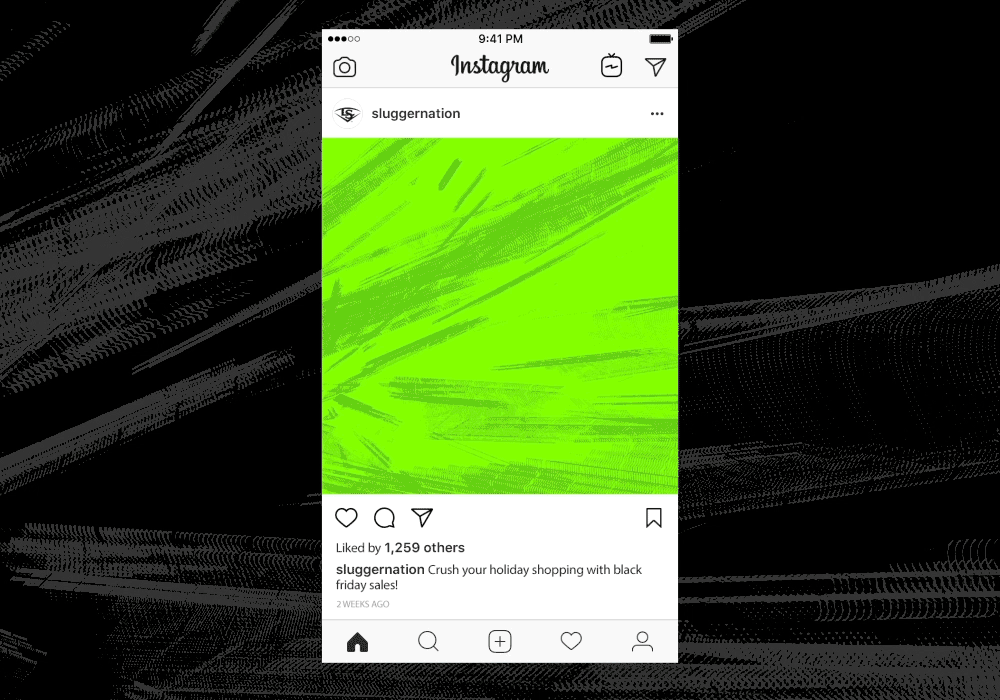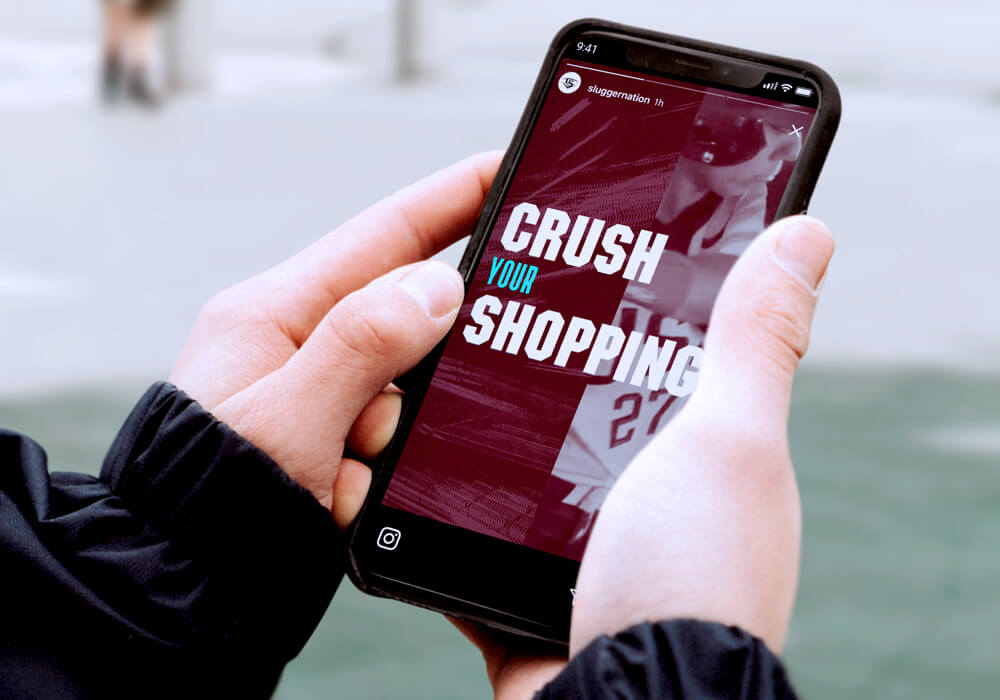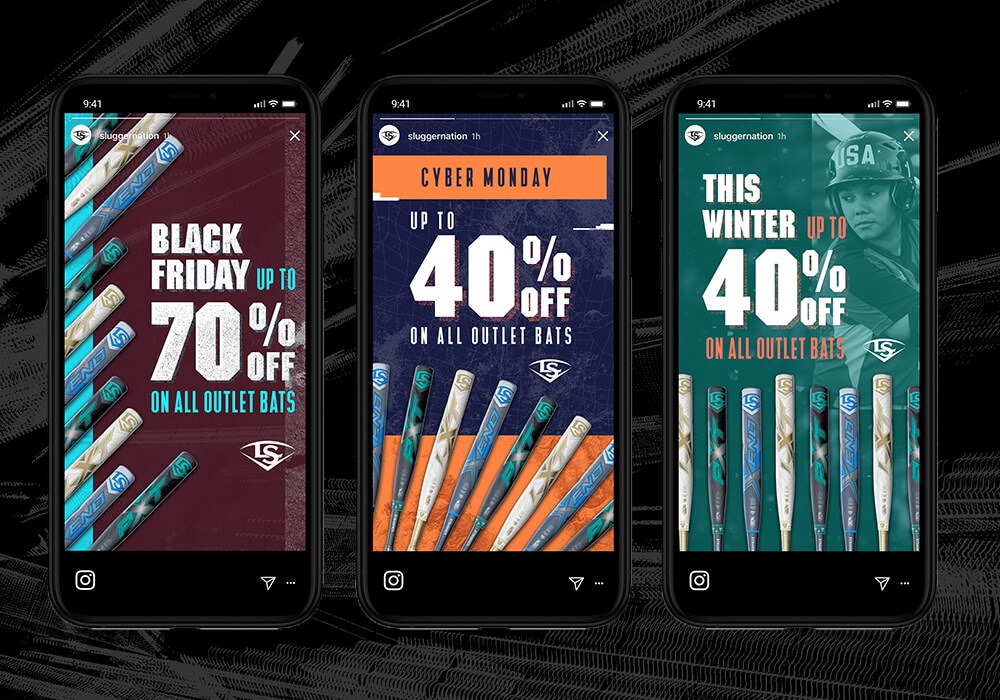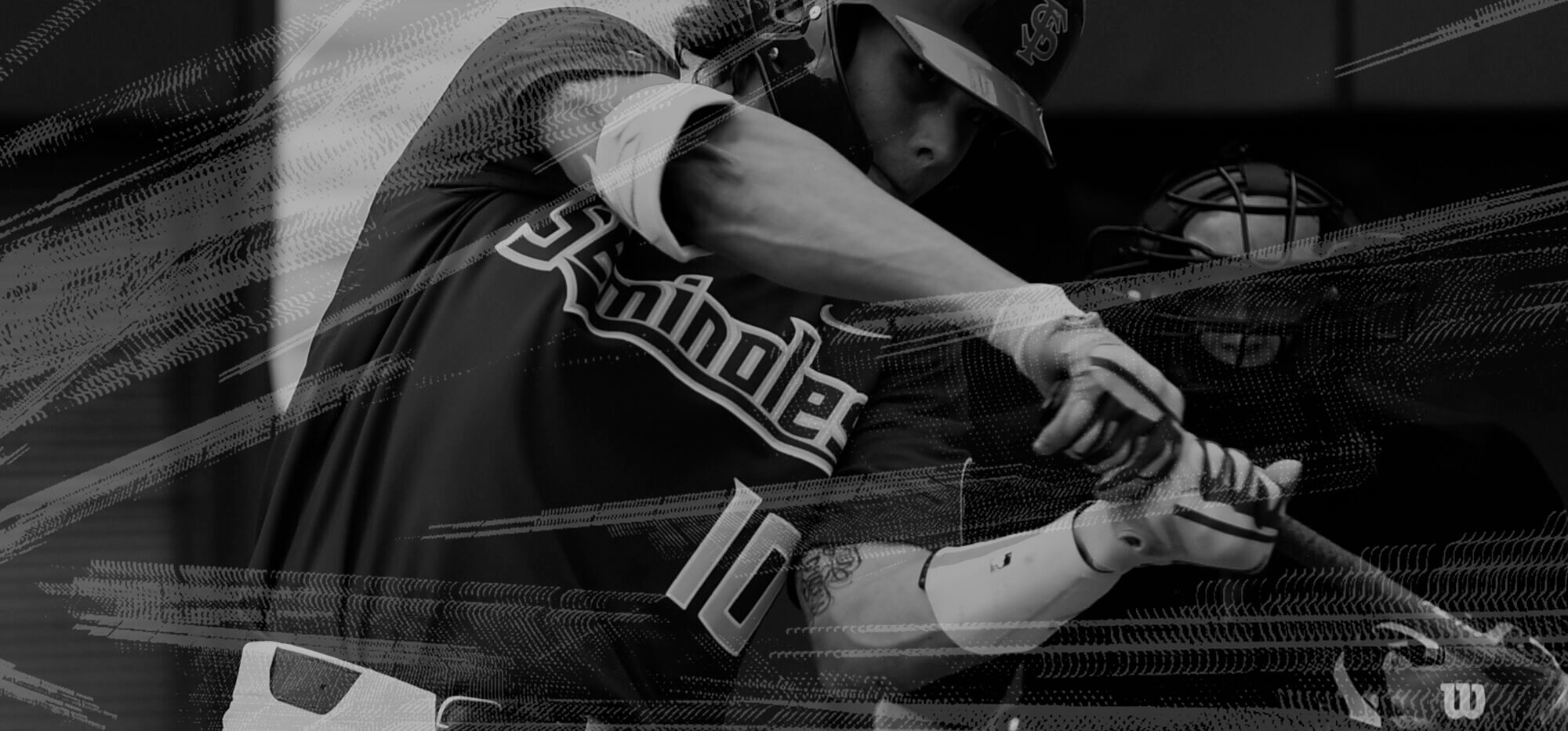Social media marketing in 2020 is intimidating. There’s more noise in the marketplace than ever before, the prevalence of deals and discount codes are at an all-time high, and the stakes for guaranteeing a positive return on your ad spend are climbing. However, social media e-commerce campaigns remain extremely lucrative, especially during time-sensitive sales. In 2019, Americans spent more money on their Black Friday shopping than ever before; over $7.2 billion was spent on Friday alone. (usatoday.com)

This year, Louisville Slugger approached us with one goal for their 2019 social media holiday campaign: to sell a lot of bats. We stepped up to the plate with glee (and plenty of sports puns) and helped them hit a grand slam; gross revenue increased 56% from the previous year.
So, how’d we do it?
- Focus on your audiences and remarket to them
- We tested 7 different audiences to determine the differences in reach, click-through-rate, and purchase data. This also allowed us to cultivate creative and copy specific to the audience so that we could market differently to baseball players and fastpitch players, or even players and their parents.
- Remarketing to cart abandoners from the website, as well as those who viewed bats without purchasing, kept us at the forefront of the consideration set for users who have a longer decision window. We made sure to exclude users who had purchased so as not to bombard someone unlikely to buy again.
- Be nimble with messaging
- Testing 7 different audiences meant communicating with them in unique ways. For example, copy and creative urging a baseball player to consider a Slugger bat looks very different than reminding someone who has a product in their cart to purchase. Flexibility around the ad copy and headlines lent itself to a more curated message per audience.
- For Louisville Slugger’s Cyber Monday and Black Friday 24-hour deals ad copy needed to change daily to avoid being outdated. All said we created 154 different Facebook and Instagram ads over the holiday campaigns so that the correct versions could run at the correct times.
- Optimize for mobile
- With mobile shopping on an exponential rise, Mission designed creative with a 1:1 ratio that would be optimized no matter if the user was seeing the ad on the desktop or mobile versions of Facebook or the Instagram app.
- We also created full-screen Facebook and Instagram stories instead of using our 1:1 ads in the story placements. Doing this gives the user an immersive experience in the video instead of serving them an ad that doesn’t completely fill their screen.
- Test, test, test
- The digital marketing landscape changes every day, and with those changes best practices for paid advertising become more subjective. To streamline the buying process for users, Facebook has developed an ad type to sell products pulled from a website feed called “collection ads.” We tested single image, video, and collection ads that featured both a video and an image to determine which type yields the most purchases.Single image ads consistently resulted in over 75% of purchases.
- In addition to testing different ad types, Mission created two different color styles for every ad. Having two color versions not only allowed us to test what color was more effective but also enabled us to change them when ad fatigue arose in our longer campaigns.
When social media advertising makes you feel like you’re one voice in a million, a competitive strategy can go a long way. Paying attention to your audiences, making strategic decisions about creative, and being willing to test and update along the way are key to effective campaigns.
Ready to dig into your next campaign strategy? Drop us a line or explore more of our recent work!



